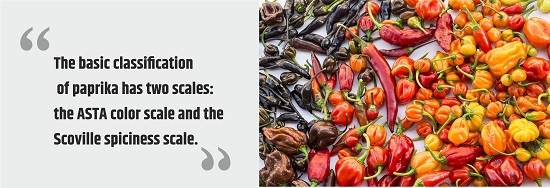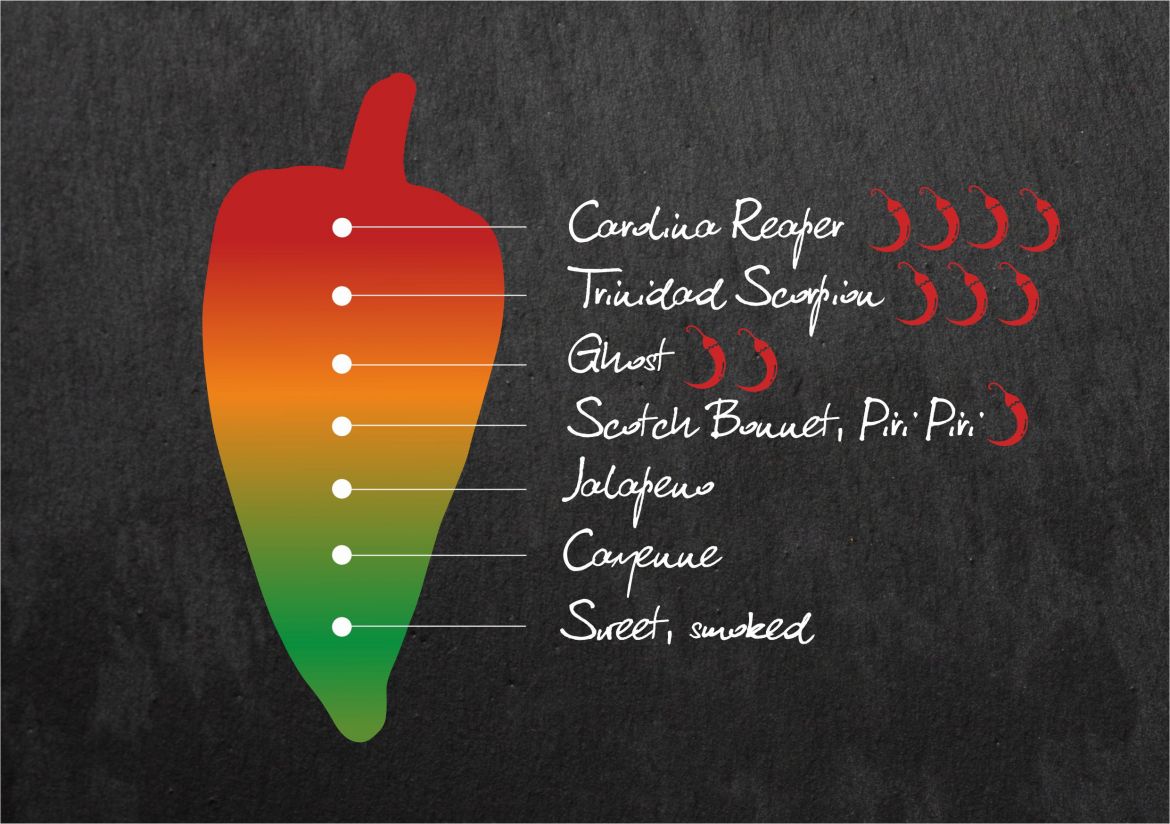Interview with Paweł Sakowski, Key Account Manager
- Paprika, next to pepper, is the most used spice in the world. What determines its universality?
- By saying simply paprika, we are making huge simplifications. There are several thousand varieties of paprika grown around the world. They differ in taste, aroma, color, and of course the level of pungency. The average consumer uses 3-4 kinds of paprika in his or her home cooking every day - sweet, hot, chili and smoked. But in the context of using paprika in the food industry, this selection is of course much wider.
- So what are the main criteria for choosing a specific raw material?
- The basic classification of paprika has two scales. The ASTA color scale and the Scoville spiciness scale (denoted by SHU, from Scoville Hotness Unit). It determines the amount of capsaicin, a substance that causes the sensation of hotness.

- Why is the color of paprika so important that a scale to describe it had to be created?
- The ASTA color scale tells us a lot about the quality of the paprika. Theoretically, the darker the red of the paprika, the better it is. The color is influenced not only by the species or type of cultivation but also by the method of drying and grinding it. Not everyone knows, but dried paprika is a component of all the parts of the paprika: the seeds and stem fragments are ground together with the pulp. Thanks to this, producers have the possibility of a certain maneuver to obtain repeatability of their production on the ASTA scale.
- What about the Scoville scale?
- This scale has been around for over 100 years. At first, it was determined entirely organoleptically, but since capsaicin was discovered and chemically isolated, the classification method on the scale is based on chemical research. The scale is very wide. Zero means sweet pepper that does not cause any sensation of hotness. After that, it gets more serious! Pure capsaicin has a value of 16 million SHU, pepper gas has about 5 million. And the hottest paprika grown has just over 3 million. It's hard to even imagine the scale of this hotness if we think about the fact that when using jalapeno peppers we must keep a special production regime and use a mask and protective glasses when in contact with it, while jalapeno on the scale is well below 10,000 SHU!
- What types of paprika are on offer at Promar?
- It's a full spectrum. We buy paprika from all over the world, including Spain, Peru, India, China. Some hot paprikas come from Chile and Mexico, and the hottest ones from Taiwan. For us it is extremely important that they are regular suppliers, we know what to expect in each subsequent batch of goods. The vast majority of paprika that we sell to our customers is a sterilized product, used to marinate raw meat, for sauces, and dairy. We must be sure that we receive a clean product to which we can apply the developed sterilization procedures to obtain the required level of microbiological purity. The allergen absence markings are equally important. You can say a lot about paprika from the perspective of spices. We divide them in many ways: ground, granulated and flakes; different colors, sweet and hot. Among the hot ones, our offer includes Chili, Jalapeno, Scotch Bonnet, Piri Piri, and the hottest in the world like Ghost pepper (also known as Naga Jolokia), Trinidad Scorpion, and Carolina Reaper. I am a consumer who prefers seasoned dishes and I am not afraid of spicy dishes. I’ve personally tested the hottest of them - they are an extreme experience!
- Paprika, it would seem such a simple and basic spice, is treated extremely analytically!
- If we want to guarantee our customers full repeatability of the product, this approach is the foundation. And repeatability is a value that cannot be overestimated: it provides great safety, the possibility of sterilization, and the lack of cross-contamination with allergens. Only then can customers be sure that they are getting a full-fledged product!
- Thank you!
udostępnij udostępnij





